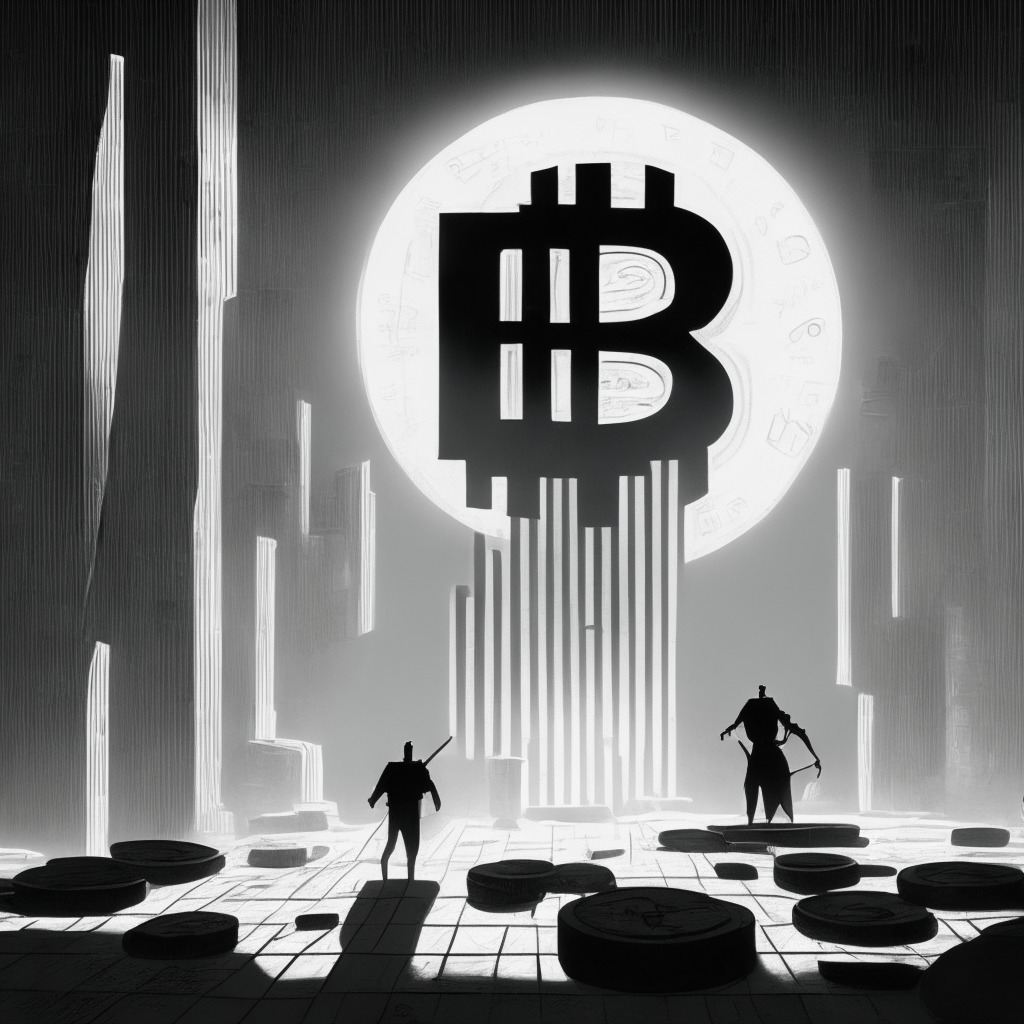Today could be a turning point in the life of Sam Bankman-Fried, a name that’s grown familiar in the cryptocurrency world. Seen by some as a crypto mogul, Bankman-Fried now finds himself at the mercy of District Judge Lewis A. Kaplan. At the heart of this spectacle is an alleged leak of private information intended to defame or intimidate Caroline Ellison, installed as CEO of FTX by Bankman-Fried and later accused of being told by him to engage in fraud.
In the courtroom, the focus is less on the private diary and more on the web of intrigue surrounding Bankman-Fried’s actions since his house arrest following FTX’s collapse. Public appearances and interviews, purported attempts at manipulating his trial, and a cascading series of claims about his innocence have all gathered momentum in the public eye.
Such public proclamations might be seen as permissible in a free-speech society, but only under circumstances of transparency. Accusations target Bankman-Fried claiming his narratives regarding what happened have been flecked with untruths, creating an illusion of a seemingly calculated campaign distorting the real story and potentially misleading potential jurors.
Even more worrying, prosecutors state that Bankman-Fried reached out to ex-colleagues from both Alameda and FTX post-arrest. Given that his entire close network has entered plea deals with the condition of testifying against him, his communications could be seen as an attempt at witness tampering – to alter their stories through intimidation, persuasion, or deception.
Moreover, his use of VPN software to potentially hide his digital footprint presents another challenge for the court. This, coupled with his leak of Ellison’s private diary, accentuates concerns.
The narrative of Bankman-Fried’s post-collapse media tour weaponizes the diary, painting a picture of an overwrought Ellison who could be scapegoated for the FTX debacle. It makes one question whether Bankman-Fried’s claims of intellect might have be overinflated, especially considering his continuous disregard for basic legal advice to remain silent.
Away from the court, Bankman-Fried appears to be risking personal relationships as well. Larry Kramer and Anthony Paepcke, Stanford University faculty members, lent him initial bail based on years of friendship with his parents rather than the case at hand. However, his alleged breach of bail conditions, while trying to discredit Ellison, a former romantic partner and employee, could fracture such friendships.
One could interpret Sam Bankman-Fried’s actions to imply callousness towards his friends’ generosity, potentially putting their bail bond at risk of being forfeited. While the alleged theft from customers remains the defining element of his case, his actions following his release might make jurors ponder his inclination to undermine those close to him if it serves his purposes. His future remains in the hands of the court, the legal system, and the evidence presented against him.
Source: Coindesk




